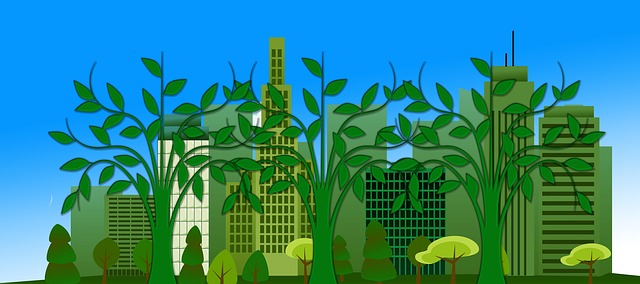INTRODUCTION
Waterlogging: It is defined as water-saturated soil commonly known as waterlogged. The waterlogging conditions are further described as an excessive amount of water present in the soil that restricts airflow/gaseous exchange into it and results in an anaerobic situation.
Also check out another related topic: Salinity – Types, Causes, Effects, and Solutions
CAUSES OF WATERLOGGING
Soil permeability plays an important role in water-logging situations. If the soil is highly porous or least permeable, both have more chances of suffering water-logged conditions. Waterlogging is caused by various factors that are listed below.
- Heavy Rainfall: Heavy rainfall may result in water-logged soil that may last for days due to less porous soil.
- Intensive Irrigation: This method of irrigation causes the rise of groundwater table because water percolates deeply and the soil becomes waterlogged.
- Water Seepage: Water seepage from highlands or canals due to the high porosity of soil results in waterlogging.
- Topography: Topography is one of the causes of waterlogging. The flat or irregular land surface that has depression suffers from excess water accumulation.
- Natural Drainage: Soil such as clay is less permeable than other soil types. This indicates the absence of natural drainage. In case of floods, the soil will suffer from water logging conditions.
EFFECTS OF WATERLOGGING
- Salinity: Water logging causes salinity which affects agricultural lands.
- Less Crop Yield: Water-logged soil makes land unfit for crops. The growing crops are damaged by water-logged conditions. Hence this results in less crop yield.
- Weeds: Water logging encourages the growth of water-loving plants such as weeds. These plants affect vegetation.
- Cultivation: It’s almost impossible to cultivate land which is waterlogged.
- Soil health: Water logging affects soil health. Naturally occurring elements in the soil get dissolved in an excessive amount of water and make it less productive.
- Humans: Water-logged areas are open sources of vector-borne diseases such as typhoid, malaria, etc.
SOLUTIONS OF WATERLOGGING
Waterlogging conditions can be prevented by multiple techniques.
- Lift-irrigation System: In this method groundwater table is used for irrigation through tube wells and this helps against rising water table.
- Afforestation: Planting trees in areas that are prone to waterlogging can be a possible solution to this condition.
- Drainage: There should be intercepting drains and an effective drainage system along with canals to prevent waterlogging.
- Preventing Intensive Irrigation: Intensive irrigation systems should be avoided in areas that may become waterlogged.
- Bio-drainage: It involves growing plant species that absorb a high quantity of water from the soil. This natural vegetation cover may help against waterlogging.
Also read: Sustainable Forest Management – Methods and Importance
CONCLUSION
Productive lands promote plant growth and produce more crops. Soil health is essential for crop yields. Waterlogging is one of the soil conditions that hinder plant growth and results in less crop yield. To prevent waterlogging effective measures should be taken such as planting more trees and lift the irrigation system. Waterlogging also is a serious threat to food security.
You might also like: Mangroves and their Destruction – Causes, Effects, and Conservation Techniques
I hope you all liked this post! Please comment below if you have any suggestions, comments, or feedback! We at #envpk love hearing from our readers! Thanks!





11 Comments
Thanks so much. Please i wish to use this some parts of this article. Please full name of the writer for reference. Thanks
You are welcome. You can use the name Ajwah R. as a reference.
great effort it is very helpful indeed.
Thank you!
Good
Thanks!
Thanks so much for this information it’s so helpful.
You are welcome and Thank you so much!
Thank you for this enlightening writeup
You are welcome!
Thanks for the info on waterlogging. I think that many underestimate this point and do not fully understand how it affects the soil. I’ve dealt with this myself, more than once. Therefore, I read a lot of information and learned in detail the information in the article https://eos.com/blog/soil-fertility/. It was also cool to learn how you can track soil fertility with EOSDA Crop Monitoring.